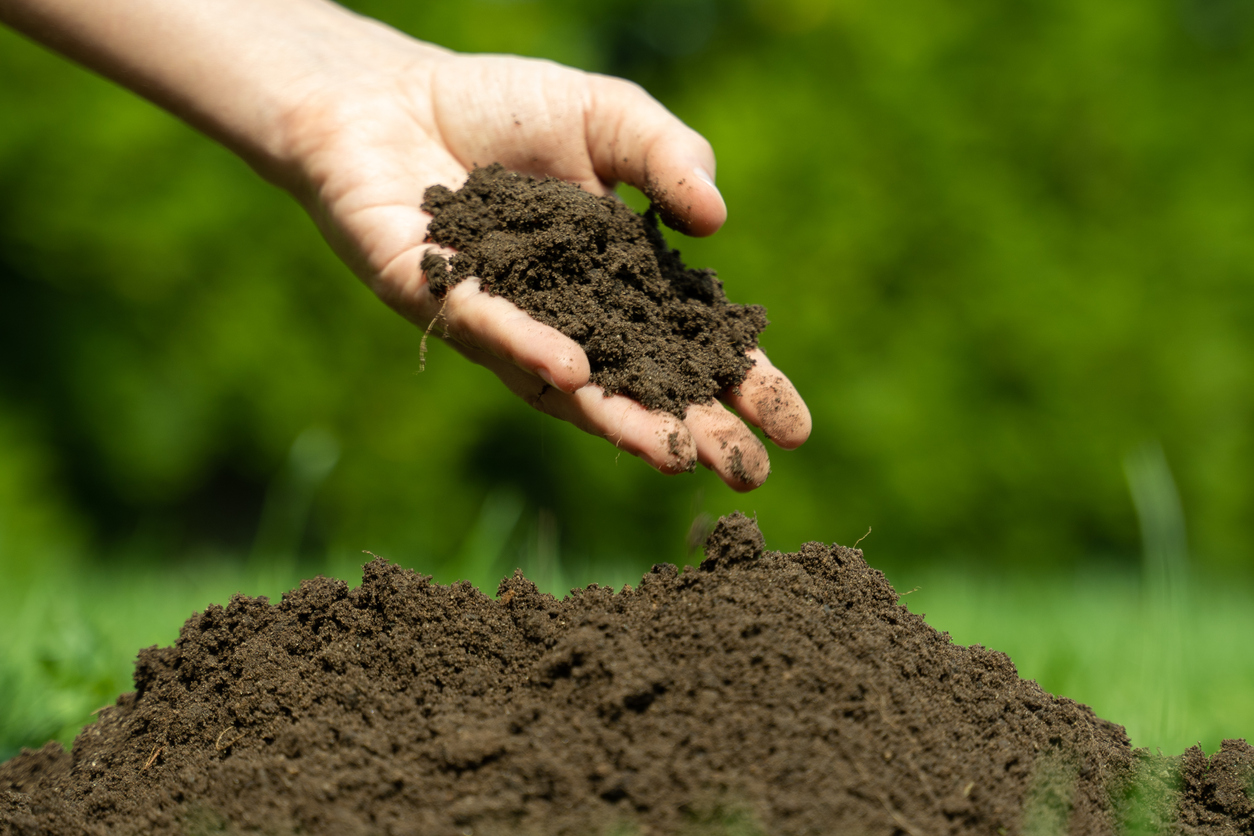Having a vibrant garden is great but making sure that it’s a healthy garden is essential. Your soil is the first step to ensuring that your garden is healthy because soil teems with life, hosting a diverse array of microorganisms, insects, and invertebrates.
While some contribute to the garden’s health, others can wreak havoc on your plants. A good way to ensure a healthier garden is by introducing beneficial nematodes. These microscopic warriors offer an environmentally friendly solution to combat soil-borne insect pests.
Understanding nematodes
Nematodes, tiny worms with specialised diets, play a crucial role in the garden ecosystem. There are two main types gardeners need to know: the harmful root-knot nematodes and the garden-friendly beneficial nematodes.
Root-knot nematodes, like Meloidogyne spp, invade and corrupt plant roots, causing damage to the entire system. On the flip side, beneficial nematodes, such as Steinernema carpocapsae and Heterorhabditis bacteriophora, are allies in the fight against insect pests. Importantly, they pose no threat to humans, animals, or insects residing above the soil.
Beyond these, various nematode species contribute to soil health by feeding on fungi, bacteria, and other nematodes. Their role in breaking down organic matter and making nutrients available to plants highlights the intricate balance within the soil ecosystem.

Pexels
Beneficial nematodes for pest control
Commercially available in five different species, beneficial nematodes are versatile pest controllers. They target specific insect pests, with some overlap among the species. These microscopic hunters use chemical signatures to locate their prey, making them particularly effective against pests residing underground.
Numerous common garden pests, including cutworms, armyworms, wireworms, fungus gnats, Japanese beetles, common turf grubs, and black vine weevils, have succumbed to the prowess of beneficial nematodes. Their application extends to crops, lawns, gardens, turf, nurseries, citrus, cranberries, and mushrooms.

Unsplash
How to Deploy Beneficial Nematodes
Ensuring the success of beneficial nematodes in your garden requires careful consideration and proper application. Here’s a step-by-step guide to utilising these microscopic allies for pest control:
Select the right type: Choose nematode species that target the specific pests troubling your garden. Consider your local climate, as nematodes are light and temperature-sensitive.
Timing: Apply beneficial nematodes in early spring or during August through September for optimal results. Utilise them promptly upon receipt.
Morning and evening applications: Apply nematodes during morning or evening hours, as they are more effective during these times.
Prepare the soil: Water the application area thoroughly, saturating the top 2 inches of soil.
Follow instructions: Mix the nematode package with water as per the provided instructions. Whether in sponge, gel, granulated, or liquid form, use the entire contents once the package is opened.
Application tools: Disperse the nematode solution using a watering can, hose with a sprayer attachment, or a mister.
Second watering: Water the area once again to help nematodes penetrate into the soil.
Maintain moisture: Keep the soil consistently moist for two weeks to support nematode activity.
Reseeding and planting: Delay reseeding a lawn or planting crops for two weeks after applying beneficial nematodes.
ALSO SEE:
Feature image: Unsplash


